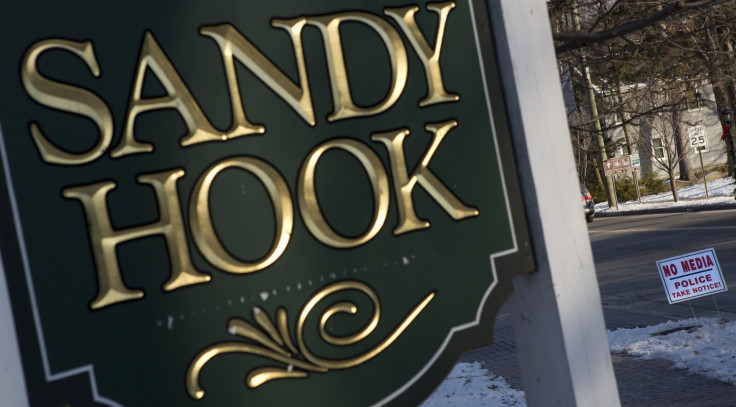Newtown Massacre Anniversary: Since Sandy Hook, America Has Seen Dozens Of School Shootings

Two years have passed since 20-year-old Adam Lanza burst into Sandy Hook Elementary School in Newtown, Connecticut, on Dec. 14, 2012, and killed 20 young children, but school shootings persist as a tragic fact of life across the United States. In the 24 months since the Newtown massacre, at least 95 school shooting incidents have taken place in 33 states across the nation, according to a new study released this week.
"There's no other developed country that looks like this or that would tolerate this kind of violence among schoolchildren," Shannon Watts, founder of Everytown for Gun Safety and Moms Demand Action for Gun Sense, told the Huffington Post. The advocacy group's report showed that gun violence has remained prevalent in schools from California to Maine. While Sandy Hook Elementary’s shooting spree is by far the deadliest incident of gun violence in the past two years, there have been 17 school shootings in the past three months alone, according to the analysis.
“Since the December 2012 shooting in Newtown, CT, there have been at least 95 school shootings in America — an average of nearly one a week,” the study states, adding later, “Communities all over the country live in fear of gun violence. That’s unacceptable. We should feel secure in sending our children to school — comforted by the knowledge that they’re safe.”
In the two years since the Newtown spree, 45 people have been killed in school shootings, and 78 more sustained nonfatal gunshot injuries, according to the study. Of the 95 shootings identified in the report, 49 took place at K-12 schools, while 46 occured at colleges and universities.
The shootings have touched communities across the nation. In California, a shooter killed five people and injured four others before dying in a June 7, 2013, shooting spree both on and near the campus of Santa Monica College. John Zawahri, 23, first killed two men in his home, which he set on fire before fleeing with an AR-15 semiautomatic rifle. He then forced a driver at gunpoint to take him to the college, where he killed the 68-year-old driver of a Ford Explorer and wounded his 26-year-old daughter, who was a passenger in the vehicle and succumbed to her injuries on June 9. He then headed by foot to the nearby college library, where he killed a woman standing near the entrance, then entered and began shooting but did not hurt anyone else. He died in a shootout with police officers who responded to the library.
In Washington state, four students were killed on Oct. 24, 2014, at Marysville-Pilchuck High School, when 15-year-old freshman Jaylen Fryberg shot five of his classmates, killing four of them, before turning his gun on himself and committing suicide. He planned his attack by telling a number of his friends to meet him in the school cafeteria, where he opened fire upon meeting with them there.
In Virginia, two boys ages 16 and 17 years old were found dead in the early morning of Aug. 14, 2014, at Saunders Elementary School Shooting in Newport News. Police were alerted to the shooting after a third shooting victim, 17, fled to a nearby home and reported the incident via phone. A 17-year-old was charged with using a shotgun to kill the two victims, who were students at nearby Warwick High School.
In Florida, two custodians were shot to death June 19, 2013, at Alexander W. Dreyfoos School of the Arts in West Palm Beach. The two men were found dead in the school’s maintenance area during a period between the regular school year and when summer courses began there.
“Regardless of the individuals involved in a shooting or the circumstances that gave rise to it, gunfire in our schools shatters the sense of security that these institutions are meant to foster,” the Everytown for Gun Safety and Moms Demand Action for Gun Sense in America study states. “Everyone should agree that even one school shooting is one too many.”
© Copyright IBTimes 2025. All rights reserved.




















